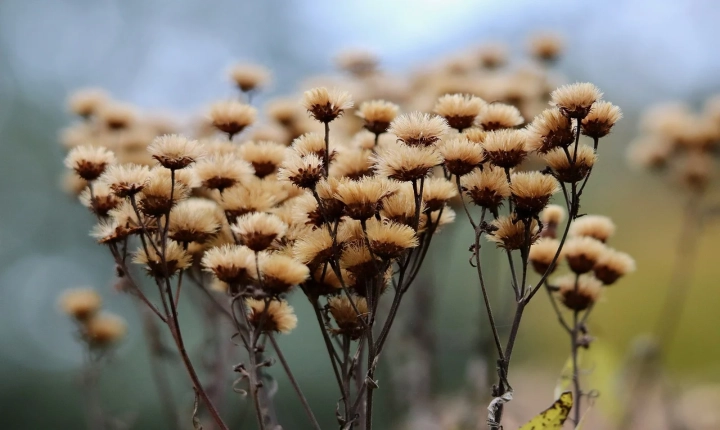Artificial intelligence is shaking up the art world, providing new tools and techniques to artists and pushing the boundaries of what can be considered art. Machine learning, a subset of artificial intelligence, is making significant contributions to the creation, curation, and appreciation of art.
One of the most exciting developments is the use of machine learning in creating art. Generative adversarial networks (GANs) are a type of machine learning model that can generate images, music, and other creative work. Artists and technologists are using GANs to produce original pieces of art that blur the lines between human and machine creativity. These AI-generated artworks are often thought-provoking and challenge our traditional notions of artistic expression.
Machine learning has also revolutionized the curation and appreciation of art. Museums and galleries are using machine learning algorithms to analyze vast collections of artwork, identify patterns, and recommend personalized experiences for visitors. These algorithms can help people discover new artists and styles, and provide insights into the historical and cultural significance of different pieces of art.
Furthermore, machine learning is enabling artists to experiment with new mediums and techniques. By using algorithms to analyze and interpret data, artists can create intricate and complex visual and auditory compositions. This approach can lead to unexpected and innovative artistic expressions that would be hard to achieve through traditional methods.
However, the intersection of AI and art also raises questions and challenges. Some critics argue that AI-generated art lacks the emotional depth and human experience that is inherent in traditional art. There are concerns that the rise of machine-generated art could devalue the work of human artists and diminish the role of creativity in the artistic process.
Nonetheless, the opportunities presented by machine learning in the art world are significant. Artists are embracing AI as a tool for exploration and experimentation, and new conversations are emerging around the relationship between technology, creativity, and the human experience. Ultimately, the integration of AI and art has the potential to expand the boundaries of artistic expression and create new forms of visual and auditory experiences that were previously unimaginable.
As with any new technology, the key lies in finding a balance between leveraging the capabilities of AI and preserving the integrity and authenticity of artistic expression. It will be fascinating to witness how the art world continues to evolve as machine learning and artificial intelligence become increasingly intertwined with the creation, curation, and appreciation of art.
